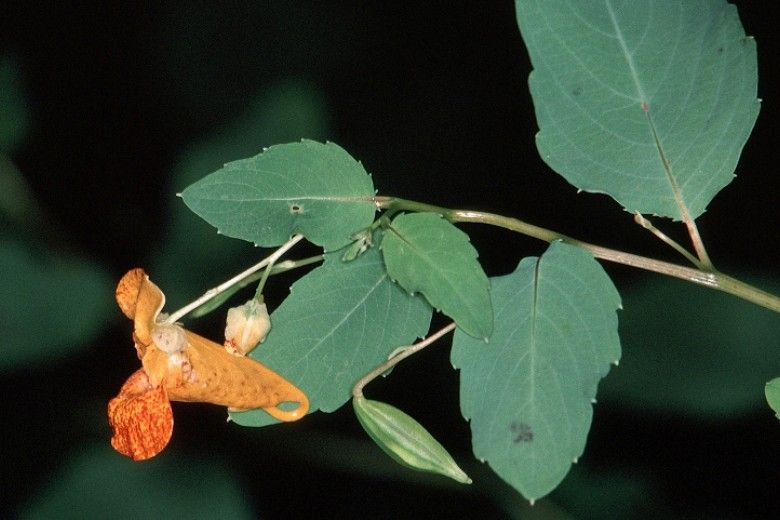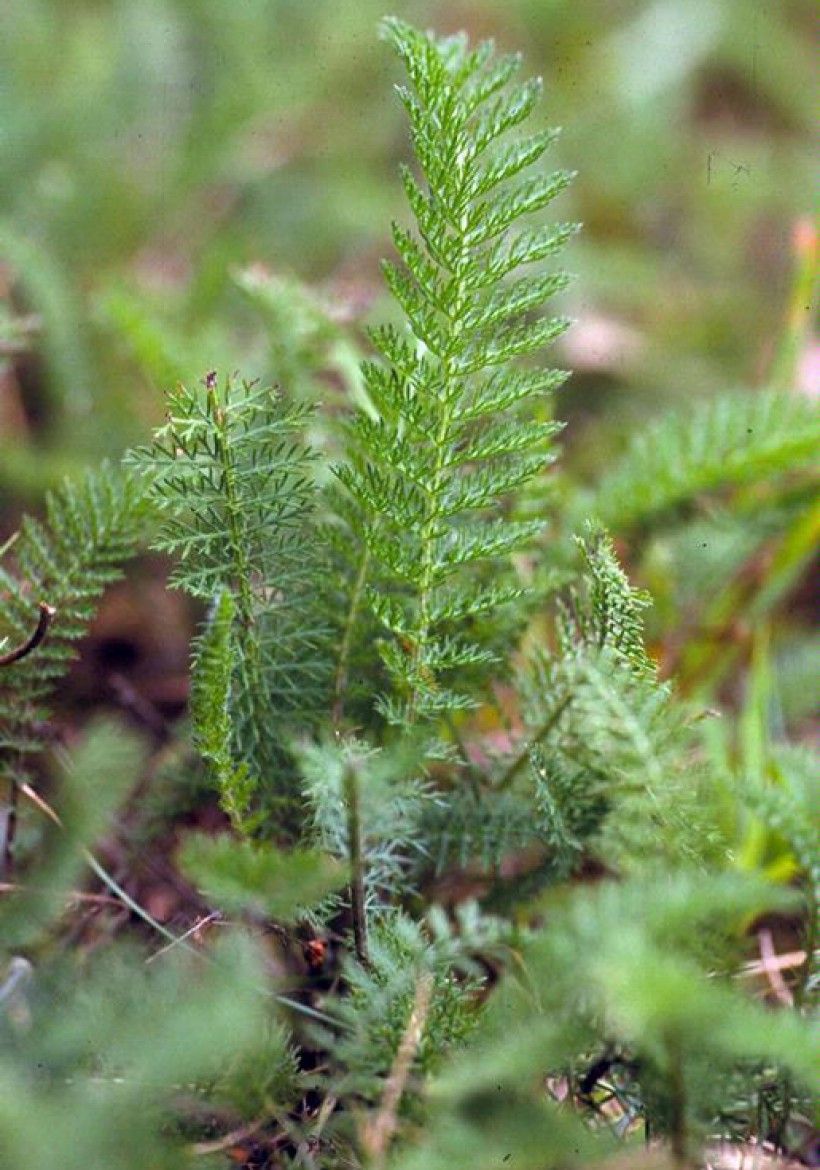Popular “backyard plants” can help relieve and heal minor scratches, burns and itches

When you’re outdoors, you may not have a first aid kit handy for bug bites, skin scrapes or skin irritations. Luckily, common plants can relieve pain and help heal minor scratches, burns and itches. Here are a few examples.
Why choose a natural remedy over a pharmaceutical one?
First and foremost, if you have a severe rash or burn, you should see a doctor or apply appropriate medication immediately. These herbal plant options are for minor scrapes, burns and bug bites, and often only offer a temporary relief.
Everyone's skin is different, but these natural remedies have been known for centuries to help soothe and heal the skin—and they have helped me many times while working out in the field. Administering these medicinal plants can save you time and money. Ointments and other medications for minor skin problems can be expensive and are often unnecessary. The no-cost plants I list below might be growing in your backyard right now!
Common Yarrow
Common yarrow (Achille millefolium) is a perennial herb found throughout the United States. This weedy species spreads quickly, and typically grows in disturbed soils of grasslands and open forests (that is, soil that has been changed from its natural condition). It’s a common plant of field edges, easily identified by its finely dissected leaves, fragrant when crushed.


Jewelweed
Jewelweed (Impatiens capensis) is an herbaceous plant in the balsam family. This native plant, which can have orange or yellow flowers, is commonly found in our region. It prefers semi-shaded, wet areas along forest edges, streambanks and wetlands. It gets it common name from the way that water beads up on its leaves, like glistening jewels.


Broadleaf plantain
Broadleaf, or Common, plantain (Plantago major) is a perennial plant in the plantain family. It originates from Eurasia but can now be found in almost every temperate region across the world. It is a common backyard plant that prefers sunny meadows and woodlands. Plantain is an indicator of compacted soil, typically found in spots that are frequently mowed or on paths and farm lanes


Important Reminders:
Make sure when you are removing these plants, you don’t harm other native species in the process. Remember that everyone's skin is different; therefore, these plants are not 100% guaranteed to heal your wounds. However, these natural remedies do have a high success rate, and have helped me many times in the past. I hope you find similar success.